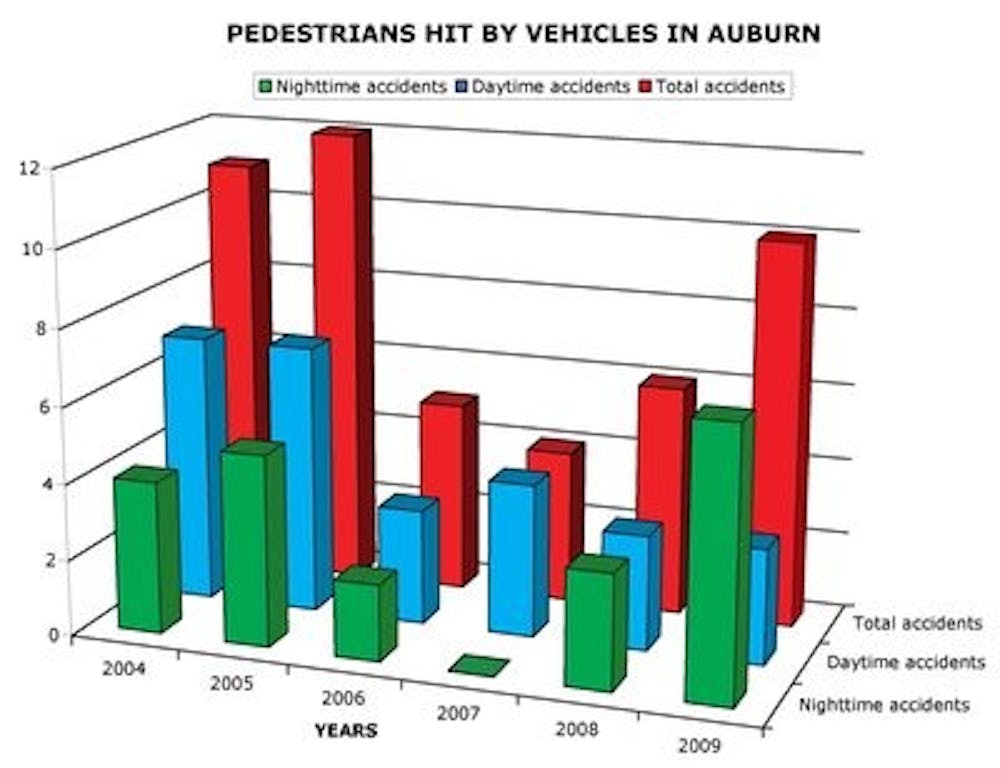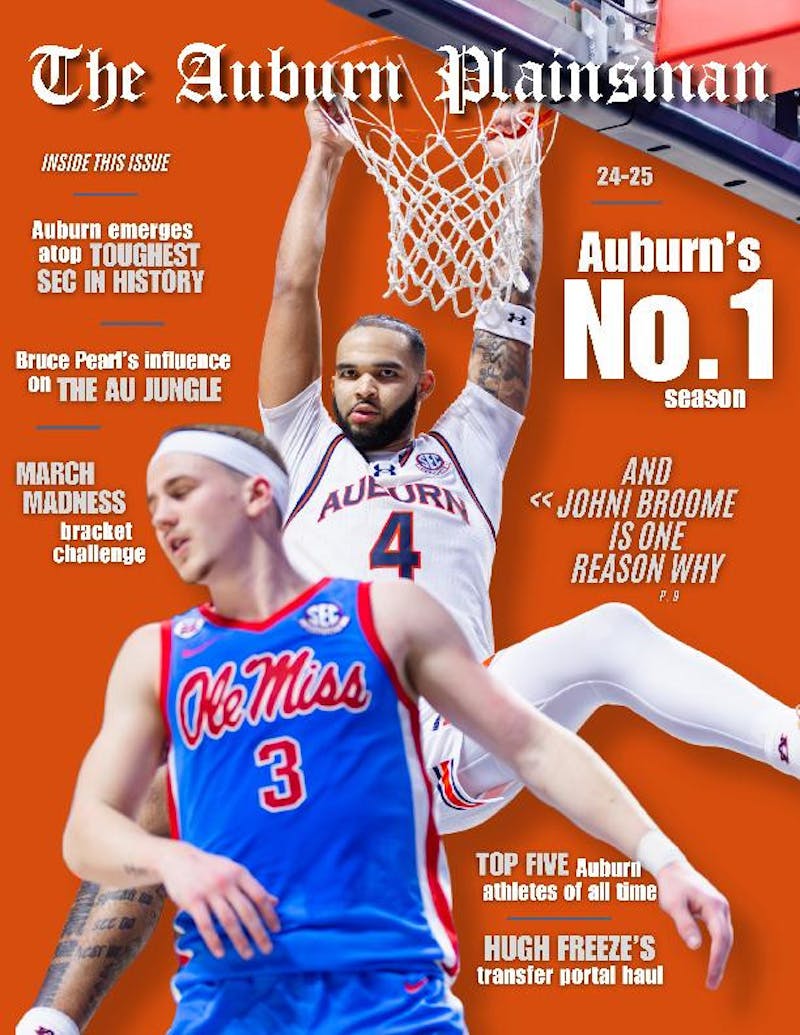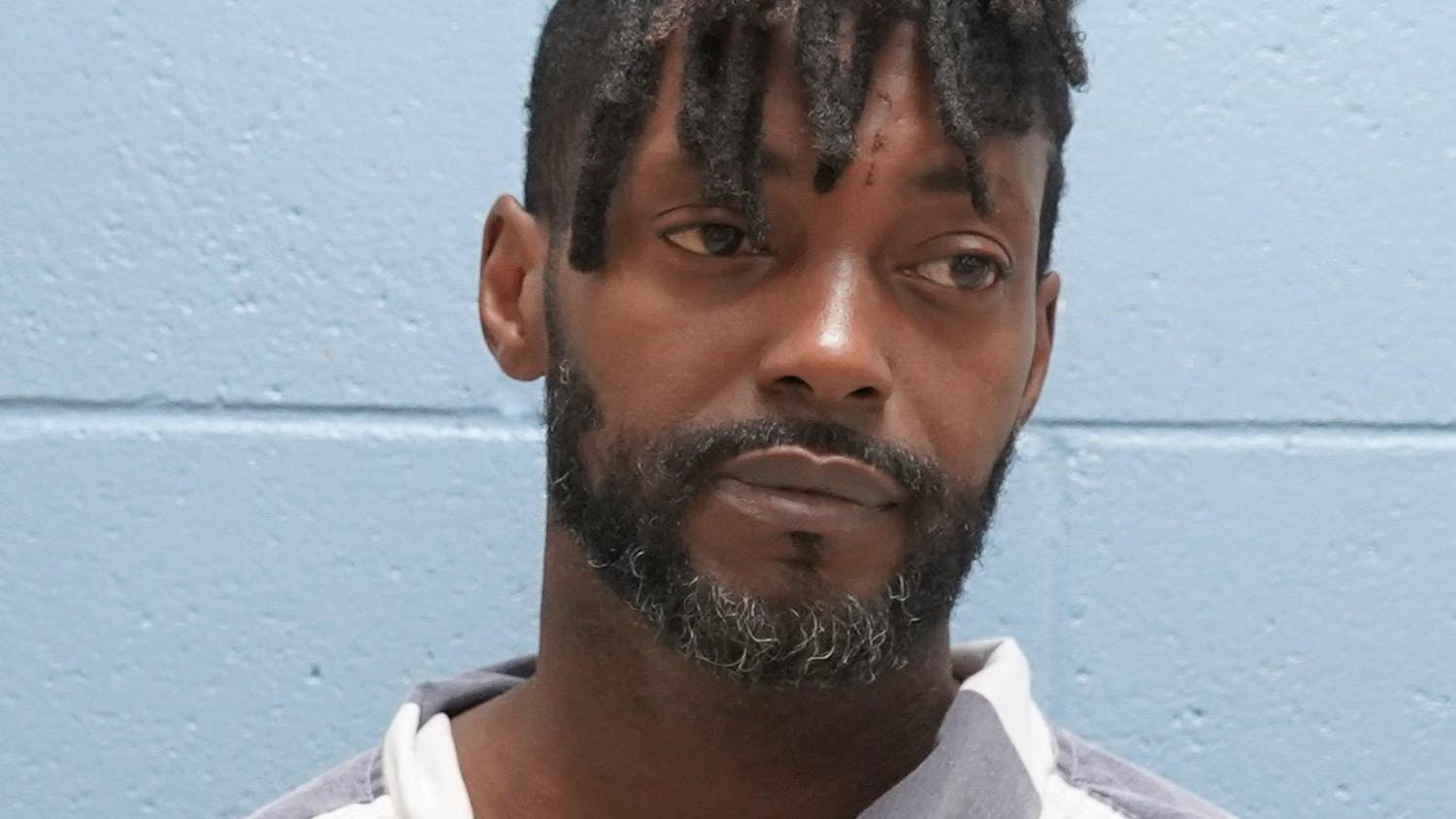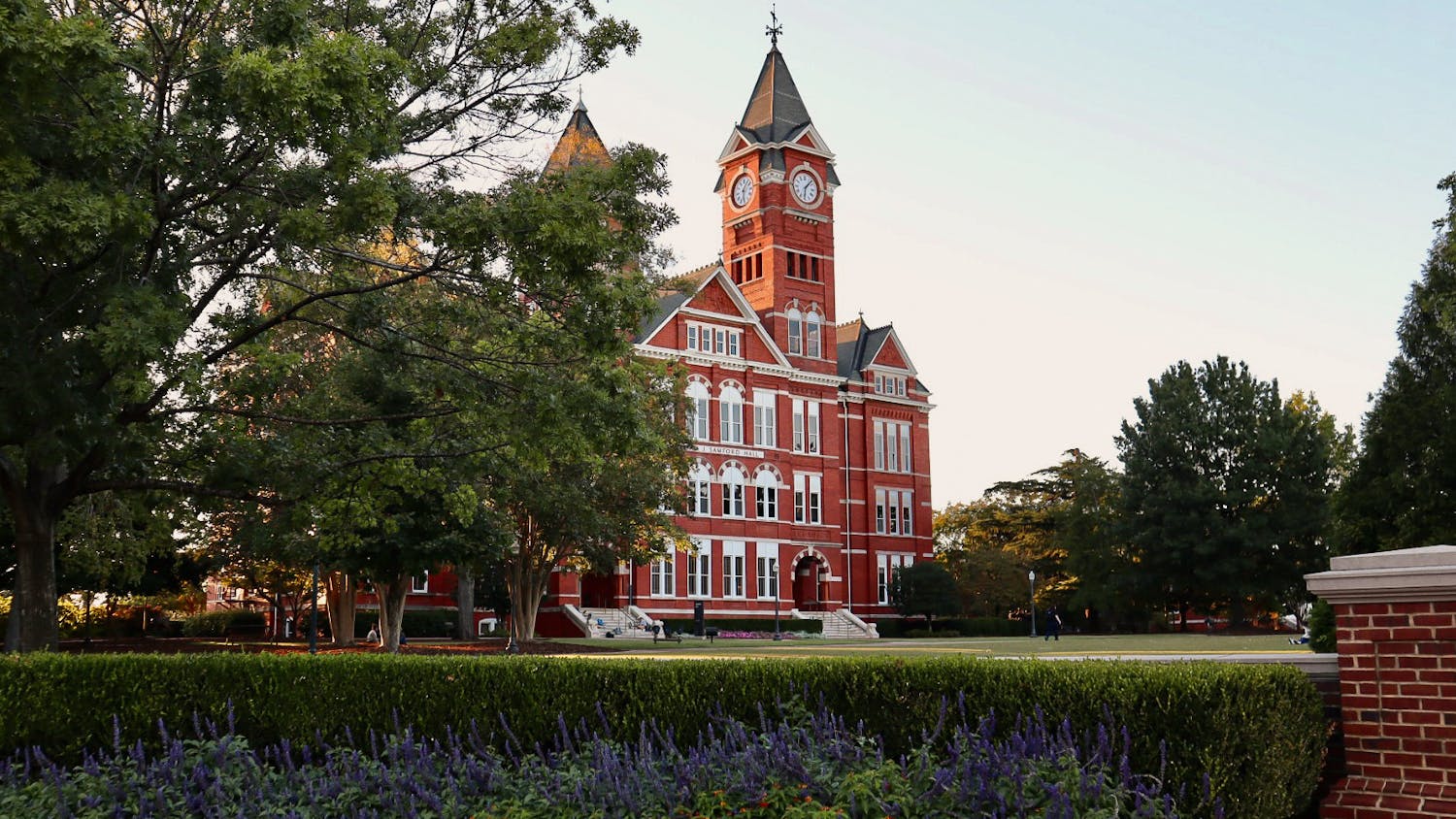Magnolia Avenue used to be lined with street lamps. But not anymore.
This is because a couple years ago, when the city was removing some power poles from Magnolia Avenue, it also removed the lights.
Magnolia Avenue and Samford Avenue are owned by the city, not the University.
However, Auburn Public Works Director Jeff Ramsey said he is not certain whether the decrease in illumination is to blame for the fluctuating number of people who are hit by vehicles each year.
Since 2004 there have been as many as 12 people struck in one year, and as few as four.
Public Safety Director Bill James said he doesn't think low lighting on Magnolia Avenue is the main reason pedestrians get hit. James said he thinks distracted driving and walking is to blame.
"Have we had more accidents because more people are distracted because of the devices or whatever?" James said, "I don't have any data that says it is. But I have to believe that probably plays a role in it."
James said he isn't sure why the numbers have increased, either.
"I can only guess that it's just one of those unfortunate things that in subsequent years more people were not paying attention -- drivers and pedestrians," James said. Ramsey said a number of factors could be to blame such as weather and the ever-changing population of students.
However, unlike the University's student population, one thing that doesn't change is 49 people have been struck by vehicles in Auburn since 2004, according to statistics provided by the Public Works Department.
In the past, the city has made attempts to curtail these accidents.
Measures include increasing the frequency of ticketing pedestrians who cross the street outside of a crosswalk and handing out more speeding tickets.
"Periodically we have done all of those things," said Capt. Tom Stofer of the Auburn Police Department. "We have our officers pay particular attention to that area. And then occasionally also we'll get traffic grants and when we do we'll run special details (near Magnolia Avenue)."
The city has also hosted campaigns about how to properly cross the street and yield to pedestrians.
"We've had safety campaigns before," Ramsey said. "We've installed a tremendous amount of sidewalk all over town in the last, probably, 10 years, to get people off the streets and on the sidewalks."
Ramsey said the city has also created a bike committee to educate bikers about the safest ways to maneuver the city.
In addition to education, the city installed small reflectors to line many crosswalks in Auburn.
However, other efforts that could make the walking public of Auburn safer have been disregarded.
Last year, the city explored the idea of installing raised crosswalks on Magnolia Avenue similar to those on Samford Avenue between the dorms and Telfair Peet Theatre.
But after a negative response from business owners on Magnolia Avenue, the idea was rejected.
But Ramsey said he is not sure raised crosswalks would have been significantly effective in keeping pedestrians from being hit. He added he didn't think it's a good idea to place them on a high-trafficked road like Magnolia Avenue, even if they could deter speeding.
"I think the University agreed the lighting is probably more important than the raised crosswalks," Ramsey said. "So that the money that we were going to spend on raised crosswalks we have funneled toward the lighting project."
Ramsey said he didn't think the structure of the road was the major factor behind people getting hit.
"A lot of the things that are occurring are jaywalking and people crossing at night not being able to be seen," Ramsey said.
Do you like this story? The Plainsman doesn't accept money from tuition or student fees, and we don't charge a subscription fee. But you can donate to support The Plainsman.





